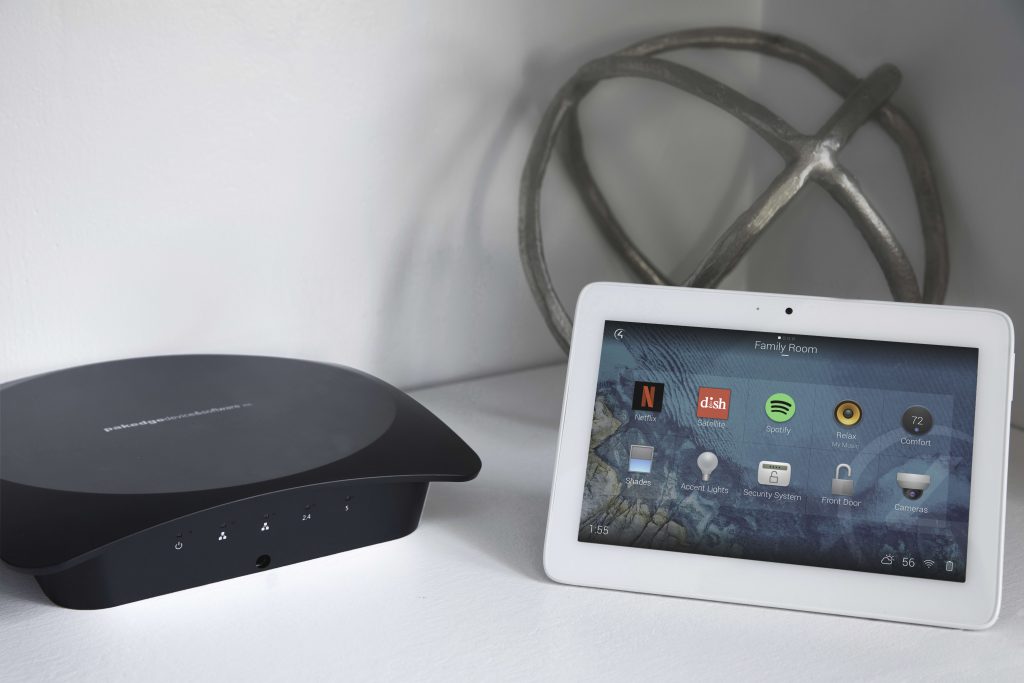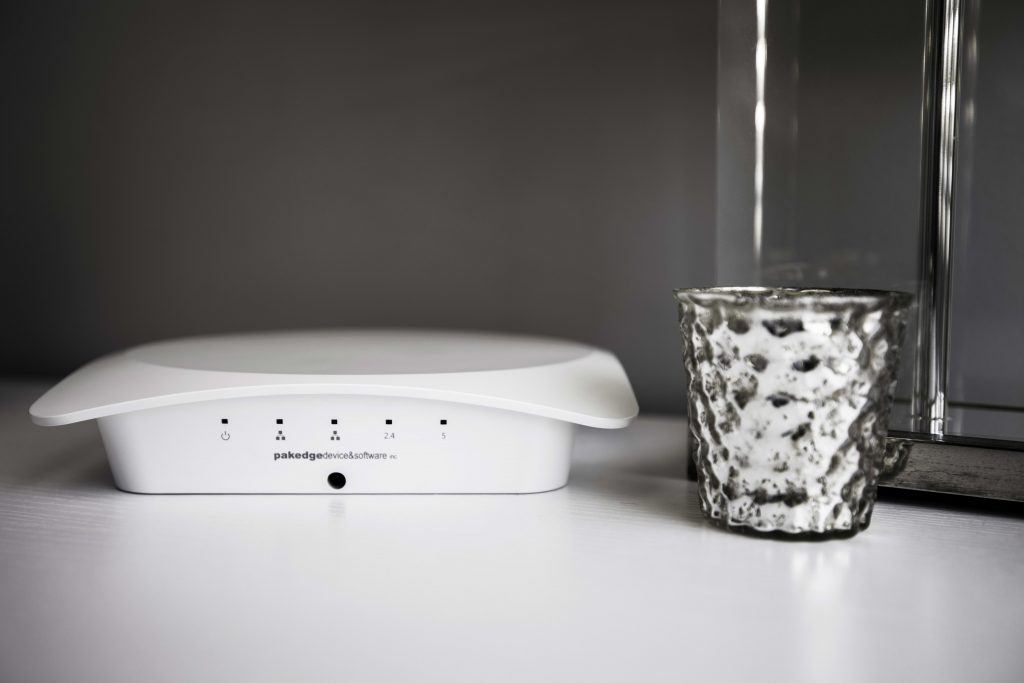With the increased demands placed on our home networks, it should be easy to understand why it’s so important to ensure that your home network is up to the task. Wi-Fi coverage is only one small part in the puzzle. What most people don’t realise is that unless you have a very small home with very few devices connected, the “free” routers often packaged with the internet contract are not going to be enough to meet a modern family’s demands.
To aid in better understanding how a home network is put together, home automation and entertainment expert Homemation has broken the home network up into is various components with an explanation of their functions. In many cases the role of each component might be catered for in a single product.

Modem/WAN/internet port – in basic terms this is the device that converts the incoming internet, be it fibre or 5G, into a communication method that the router can use. Typically this is IP, or internet protocol.
Router – the importance of a good router cannot be over-emphasised. Think about the router like a traffic officer at a busy intersection – a good one can make for a smooth journey while a bad one can cause more frustrations than good. The job of the router is to direct traffic to and from your home network devices, and will often also be responsible for security functions like firewalls to prevent unwanted access into your home network as well as limiting the type of content or specific website from being accessible to certain devices on the network.
Switches – available in various size (port) configurations, the job of the network switch is to be a hard-wired means of getting information around your home network. Something that many home owners are not aware of is that Wi-Fi was also designed to be a convenient method of data transfer and was never intended for high-performance applications like streaming ultra-high-definition content to a smart TV. A best practice in home networking is to ensure that any device in the home that does not move around should be wired into the network switch – these include devices like smart TVs, IP CCTV cameras and home PCs. Doing this frees up Wi-Fi performance for those devices that roam and are not able to use a wired network connection (such as smart phones and tablets).
Wireless Access Points (WAP) – allow connectivity to your home network devices without the need for a cable. Wi-Fi has progressed significantly over the past few years to include technology to assist devices like smartphones when roaming from one WAP to another when moving around the home or office. WAPs also broadcast on two frequencies – 2.4GHz and the newer 5GHz. 5GHz Wi-Fi was introduced for a few reasons, namely better bandwidth (speed) and less interference from all the other devices in the home that share the 2.4GHz frequency spectrum such as baby monitors, remote-controlled toys, home automation devices and more. The consequence of using 5Ghz is that the range or coverage of a 5GHz signal is typically half that of 2.4GHz and a home would require more WAPs to cover a home compared to 2.4GHz.
As homes introduce more and more devices to their network (and the trend is growing exponentially), it’s more important than ever to ensure that your home network is up to the task.
The cheaper products on the market might be sufficient for a basic home network, but in almost all cases cannot keep up with these demands when compared to products designed to cater for the modern home.
Call a professional who understands these demands – the home network, in many cases, has way more real time demands put on it compared to that of an office where it’s not a problem if it takes a few seconds for your document to reach the printer. Streaming your favourite Netflix movie or gaming with the constant buffer wheel showing up is not good enough.
Visit www.homemation.co.za











Leave a Comment